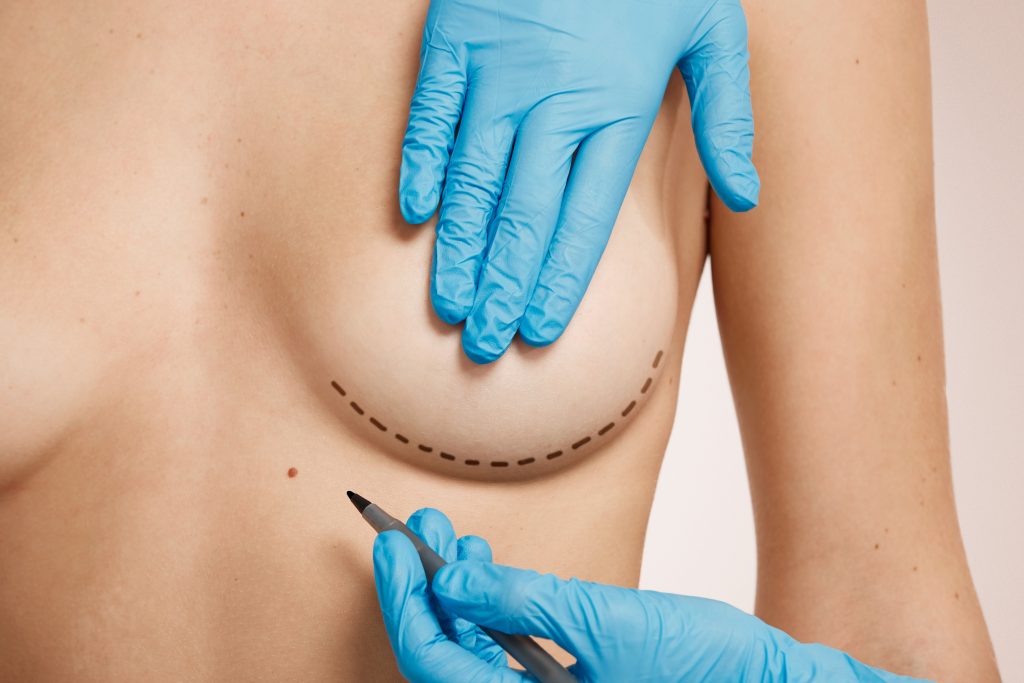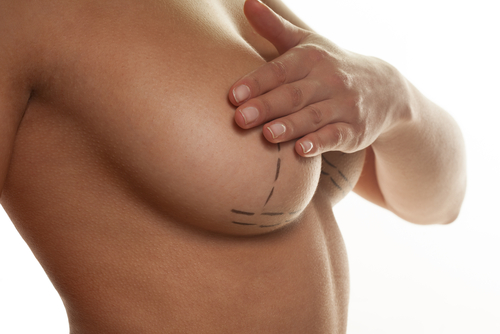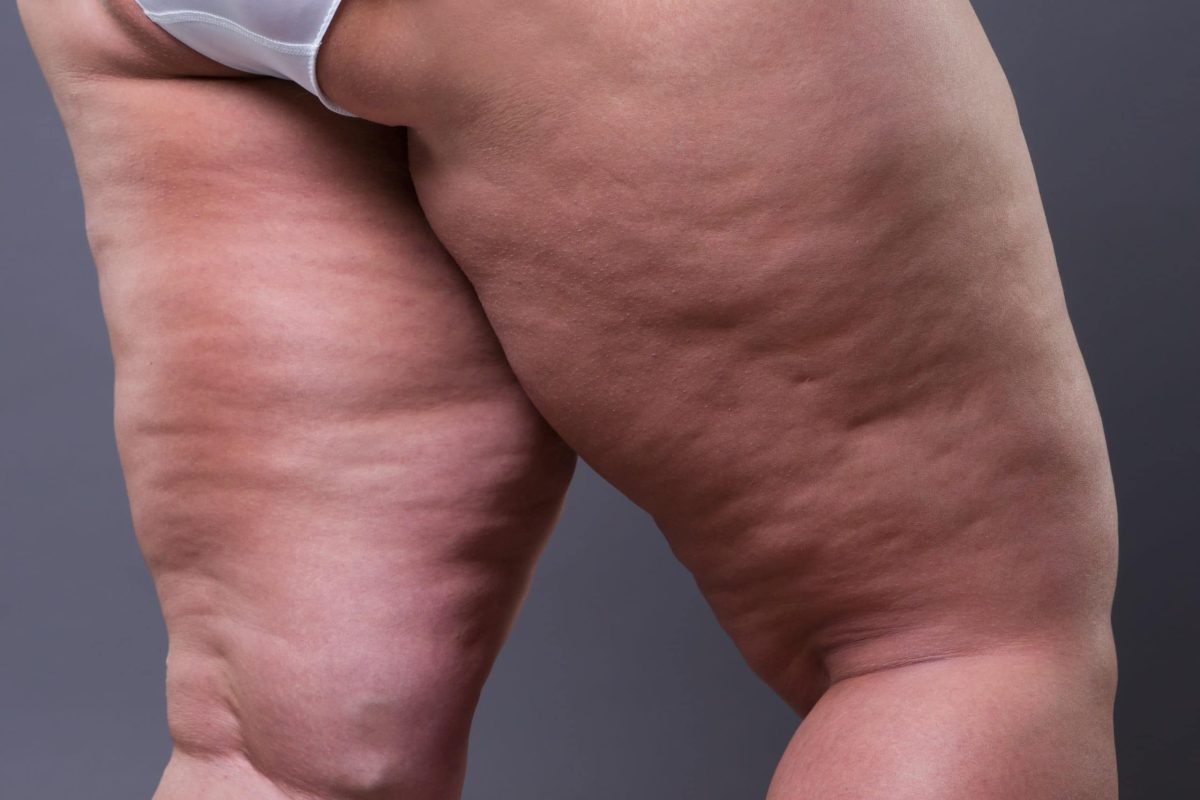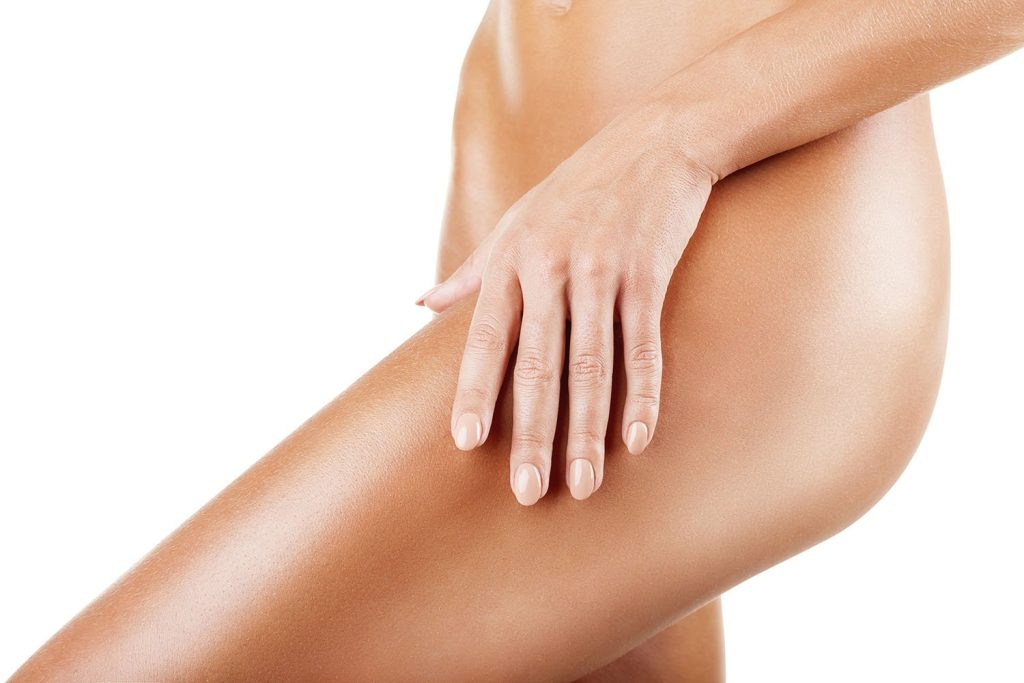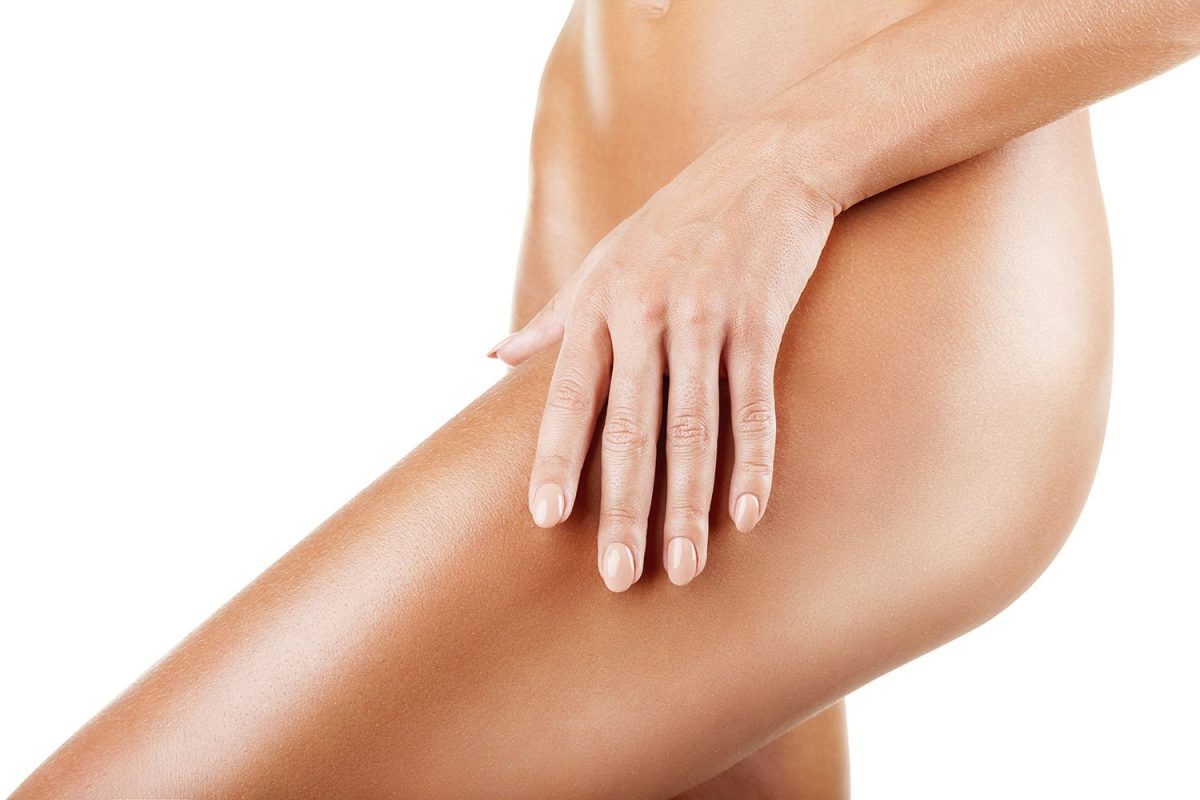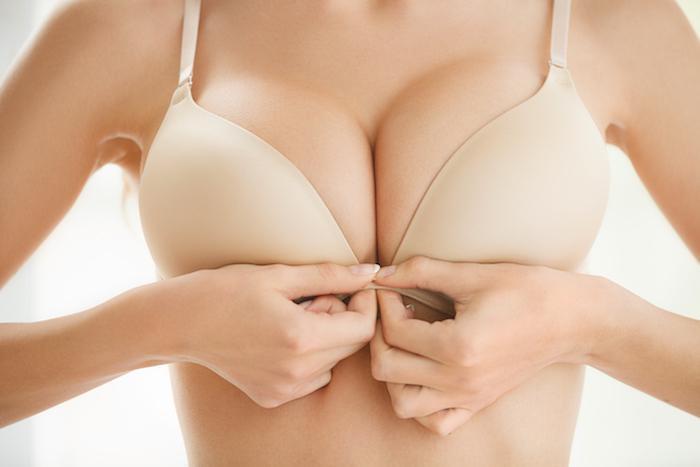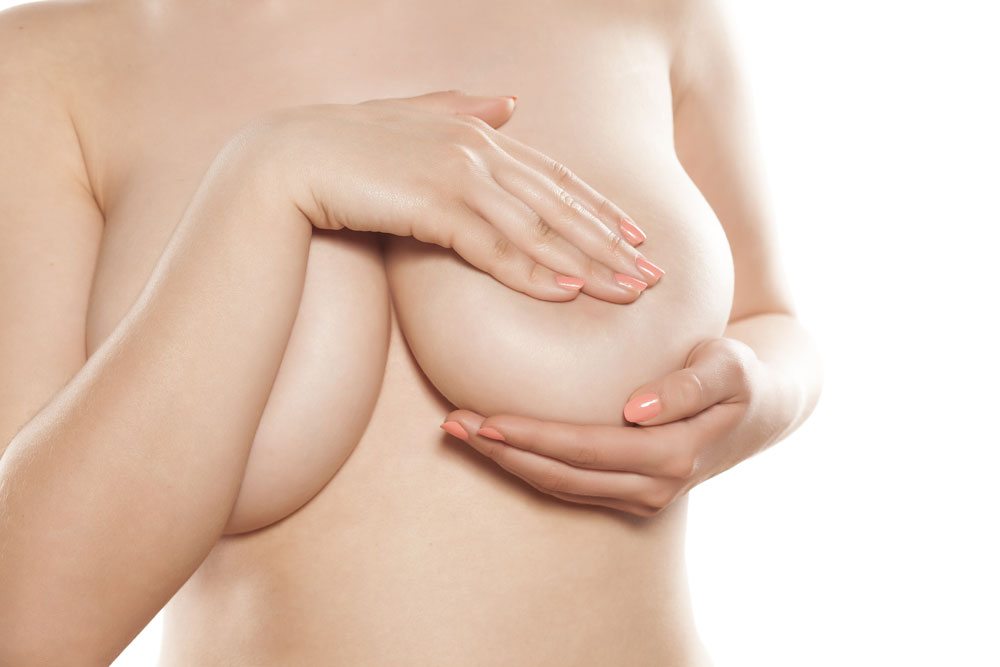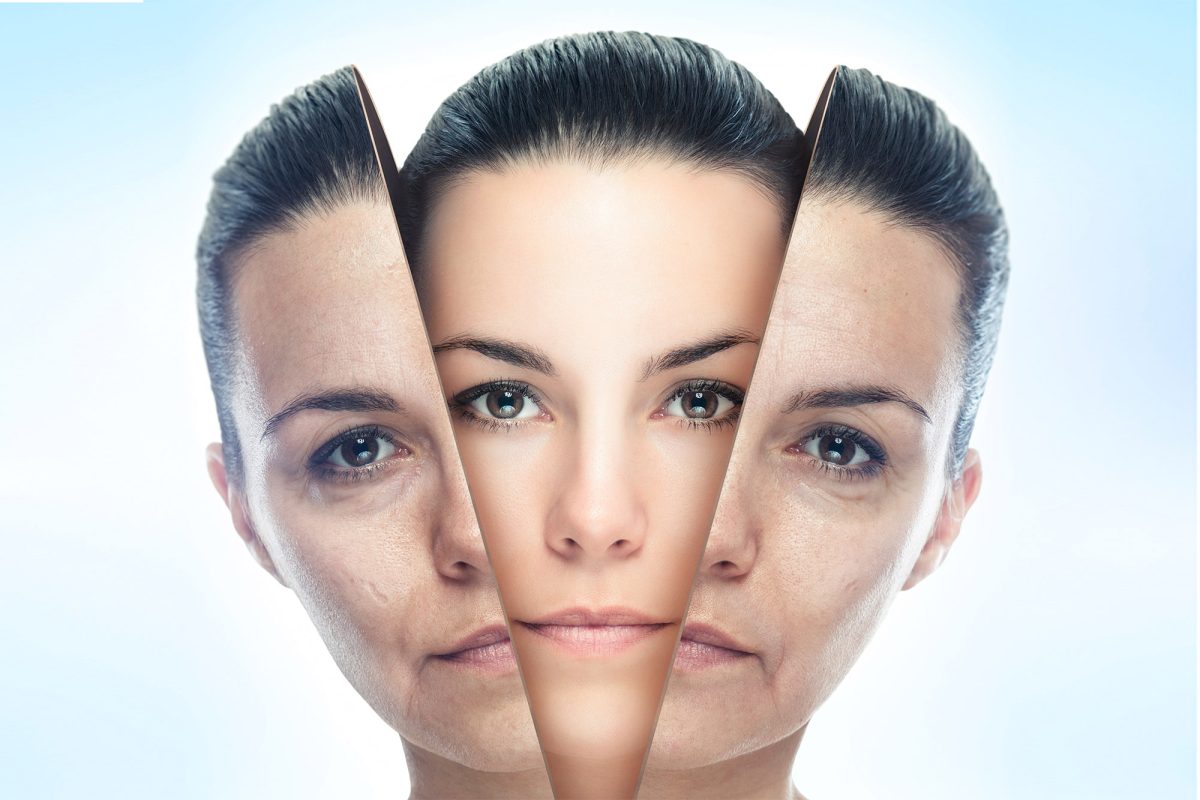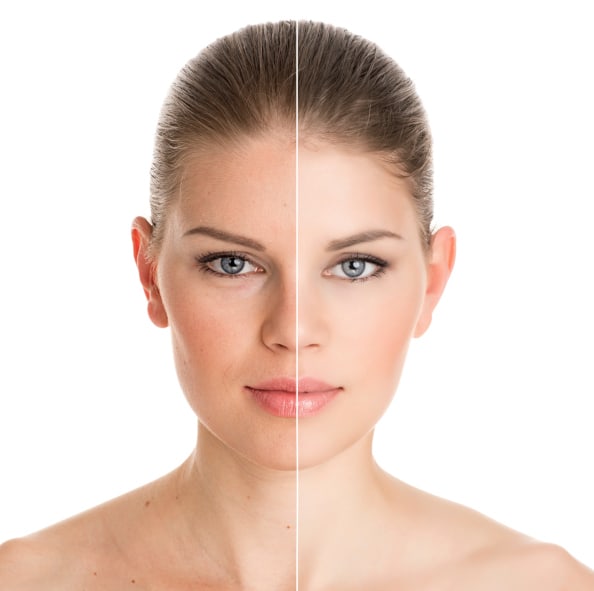Key Takeaways
-
Love handle liposuction can significantly improve body contour by removing stubborn fat, but it’s crucial to have realistic expectations regarding scars.
-
Modern liposuction techniques are designed to minimize scarring, yet individual healing and technique used will influence scar visibility.
-
Being an ideal candidate for liposuction involves not just physical readiness but also understanding the importance of post-surgery care in minimizing scars.
-
Preparing for the procedure by following your surgeon’s guidelines can enhance recovery and lead to better results with less noticeable scarring.
-
Recovery from love handle liposuction requires patience and adherence to aftercare instructions to ensure optimal healing and minimal scarring.
-
Final results, including the appearance of scars, can take several months to manifest, emphasizing the need for patience and proper follow-up care.
Understanding Love Handle Liposuction
Procedure Basics
Love handle liposuction targets stubborn fat around the abdomen’s sides. It’s designed for those unwanted fat areas that diet and exercise can’t reach. This minimally-invasive procedure helps achieve a smoother, contoured look.
Surgeons carefully remove fat cells from these areas. They use small, precise movements to ensure safety and effectiveness. The goal is a more flattering hip line.
Scarring Minimization
A key benefit of this lipo technique is minimal scarring. Surgeons make incisions within natural body folds. This strategic placement hides scars well.
Patients typically worry about visible signs of surgery. However, love handle liposuction leaves little evidence behind. The tiny scars that do form are often barely noticeable.
Safety and Effectiveness
Love handle liposuction is both safe and effective for removing fatty deposits. It offers tighter hips without significant visible scarring. Patients see results that diet and exercise alone couldn’t achieve.
This procedure has a strong track record of success. It proves especially beneficial for those struggling with stubborn fat in specific areas.
Benefits and Techniques
Comprehensive Transformation
Love handle liposuction, when combined with abdominal liposuction, offers a holistic approach to torso reshaping. This dual procedure not only removes stubborn fat deposits but also harmonizes body contours for a more balanced and aesthetically pleasing appearance.
Patients witness significant improvements in their silhouette, as these treatments target both the hips and abdomen. This combination is especially beneficial for those seeking a dramatic change, as it enhances the waist-to-hip ratio, creating more defined contours.
VASER Technology
VASER liposuction stands out as a cutting-edge option for love handle removal. It utilizes ultrasound technology to selectively break down fat cells while preserving surrounding tissues. This method is less invasive and promotes quicker recovery times.
Moreover, VASER assists in skin tightening, ensuring smoother results post-surgery. Patients appreciate this aspect as it addresses concerns about loose skin following fat removal. The precision of this technique allows for meticulous sculpting of the treated areas, leading to enhanced body contours.
Tailored Approaches
Dr. Friedlander’s method involves customizing surgical plans based on individual patient goals. Whether aiming for athletic contours or a smooth, curved silhouette, his expertise ensures outcomes align with personal desires.
He considers factors such as skin elasticity and body shape to recommend the most effective treatment plan. By doing so, Dr. Friedlander helps patients achieve their ideal physique, boosting confidence and satisfaction with the results.
Ideal Candidates and Preparations
Ideal Candidates
Ideal candidates for love handle liposuction are those who struggle with stubborn fat deposits around the waist. These individuals often seek a more defined and contoured waistline. Despite efforts like diet and exercise, they find these fat pockets resistant to change.
For optimal results, candidates should be close to their ideal body weight. They must also have good skin elasticity. This ensures the skin can conform to the body’s new contours post-procedure.
Preparatory Steps
Before undergoing love handle liposuction, patients must take several important steps. First, maintaining a stable weight is crucial. Significant weight fluctuations can affect the surgery’s outcomes.
Adopting a healthy lifestyle is another key preparation step. This includes a balanced diet and regular exercise. Such habits not only support recovery but also help maintain the results long-term.
Consultation Importance
A thorough consultation with Dr. Friedlander or any qualified surgeon is vital. It sets realistic expectations for the surgery’s outcome. During this meeting, patients can discuss their goals and learn about the potential for achieving their desired waistline.
Understanding the limitations of liposuction is essential. Patients should also inquire about how to care for their favorite pair of jeans post-surgery, ensuring they fit just right after recovery.
Procedure and Recovery
Surgical Steps
The love handle liposuction begins with the administration of anesthesia. Depending on the patient’s case, either local or general anesthesia is used. This ensures a pain-free experience during the procedure.
Next, small incisions are made in the targeted areas. These incisions allow for the insertion of a thin tube, known as a cannula. The cannula is connected to a vacuum that suctions out fat cells from beneath the skin. Surgeons use advanced techniques to minimize tissue damage and ensure smooth contours post-surgery.
Healing Process
After surgery, patients enter the recovery phase. The initial healing process involves rest and following the clinic’s detailed treatment plan. This plan includes caring for wound sites, managing swelling with medications, and wearing compression garments.
Patients can expect some downtime but will notice that love handle liposuction has a shorter recovery time compared to other cosmetic surgeries. Most individuals resume normal activities within a few days to weeks, adhering to their surgeon’s advice on physical exertion levels.
Scarring and Care
Incision care is crucial for minimizing scarring. Patients receive instructions on how to clean and protect their wounds during healing. Over time, scars typically fade and become less noticeable.
The surgical team provides guidance on scar management strategies, including topical treatments or silicone sheets that help improve scar appearance.
Results and Expectations
Realistic Goals
Achieving a slimmer waistline through love handle liposuction brings long-term satisfaction for those who commit to a healthy lifestyle. It’s crucial to set realistic expectations post-surgery. The good news is, once the fat cells are removed from the love handle area, they won’t come back if you maintain your weight.
Patients should not expect immediate perfection but rather a gradual improvement in their appearance. Factors like the amount of fat removed and individual healing processes play a role in the final outcome.
Scar Management
Scars are an inevitable part of any surgical procedure, including love handle liposuction. However, with proper care and time, scars typically become less noticeable. Most people find their scars fade significantly within a year or two.
For those concerned about the visibility of scars, scar revision options are available. These techniques can further minimize scar appearance, enhancing confidence in one’s new figure.
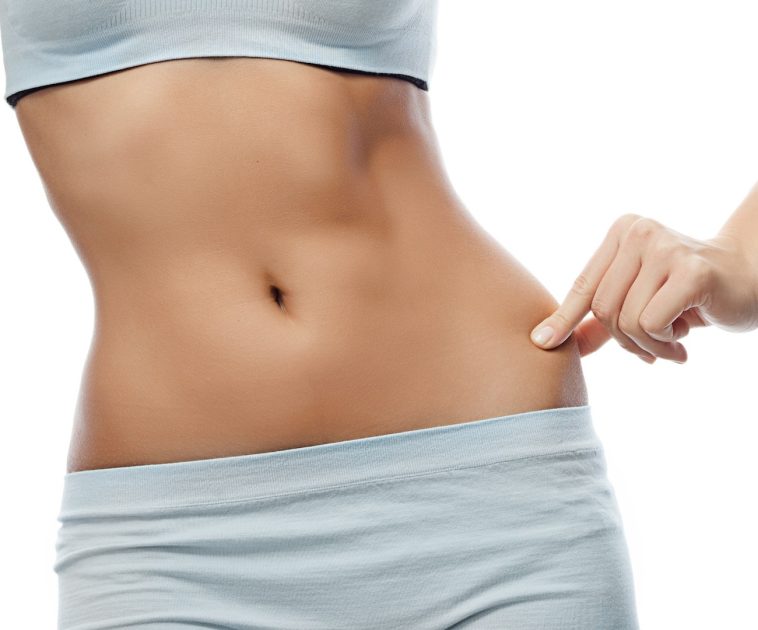
Confidence Boost
Love Handle Liposuction is more than just reducing waist size; it’s about boosting self-confidence. Patients often report feeling more comfortable in their skin, ready to show off their stomachs with pride. This surgery can be a powerful step towards embracing a more flattering silhouette and enjoying improved self-image.
Closing Thoughts
Love handle liposuction offers a transformative solution for those struggling to rid themselves of stubborn fat around the waist. By understanding the procedure, its benefits, and recovery expectations, you’re equipped to make an informed decision about whether this is the right path for your body goals. It’s clear that with the right preparation and realistic expectations, achieving a more contoured silhouette is within reach. The journey to feeling confident in your skin starts with taking that first step towards consultation with a skilled professional. They can provide personalized advice and ensure your results align with your vision.
If love handles have been a source of frustration, refusing to budge despite your best efforts with diet and exercise, liposuction could offer the breakthrough you need. Don’t let scars or recovery concerns hold you back. With today’s advanced techniques, many find the process smoother and the outcomes more rewarding than anticipated. Ready to embrace a more sculpted you? Reach out to a certified cosmetic surgeon today and explore how love handle liposuction can redefine your contours—and your confidence.
Frequently Asked Questions
How noticeable are love handle liposuction scars?
The visibility of love handle liposuction scars is minimal. Surgeons strategically place incisions in less visible areas, and with proper post-operative care, scars typically fade significantly over time.
Can love handle liposuction provide permanent results?
Yes, love handle liposuction can offer permanent fat removal. However, maintaining a stable weight through diet and exercise is crucial for preserving the results.
What is the recovery time for love handle liposuction?
Recovery time varies but most patients return to normal activities within a week. Full recovery and final results may take up to 6 months as swelling decreases.
Who is an ideal candidate for love handle liposuction?
Ideal candidates are those close to their target weight, with firm, elastic skin, and pockets of excess fat that do not respond to diet or exercise.
Are there any risks associated with love handle liposuction?
Like all surgeries, it carries risks such as infection, bleeding, or uneven contours. Choosing a board-certified plastic surgeon minimizes these risks.
How does the procedure of love handle liposuction work?
The procedure involves making small incisions near the targeted area, inserting a cannula to break up fat cells, and then vacuuming them out. Techniques vary based on individual needs and surgeon’s recommendation.
What should I expect during recovery from love handle liposuction?
Expect some swelling, bruising, and discomfort initially. Wearing a compression garment helps reduce swelling and supports healing. Follow-up visits are essential for monitoring progress.




